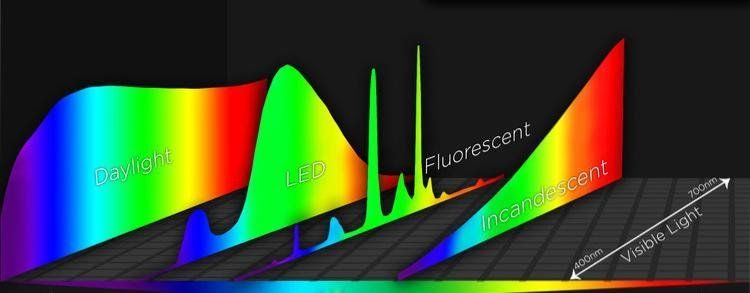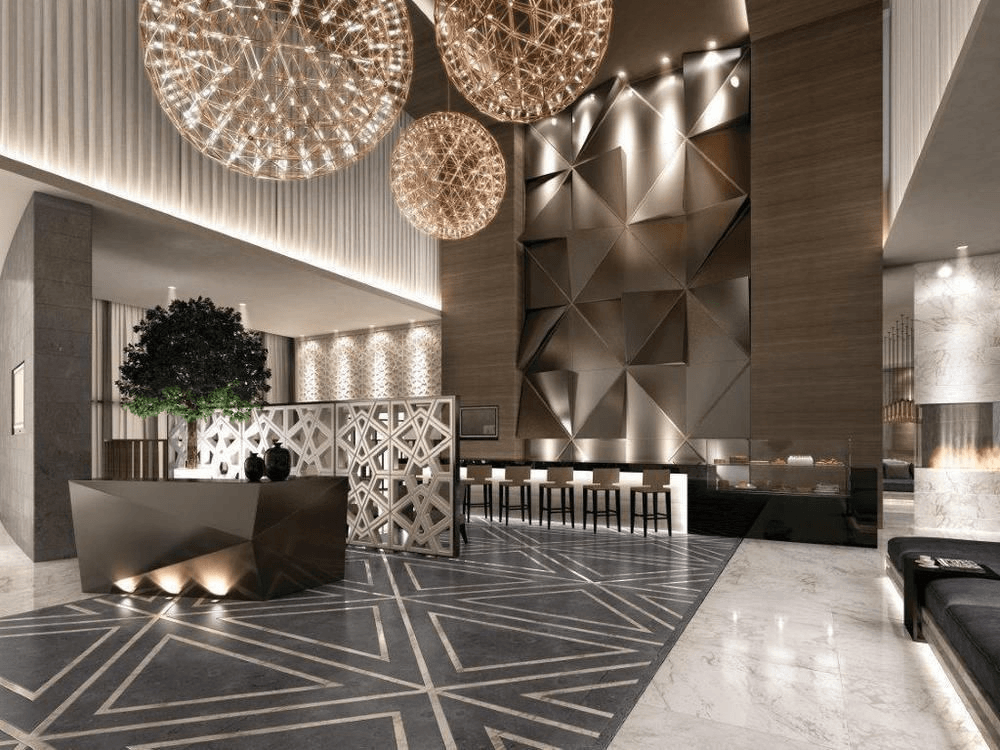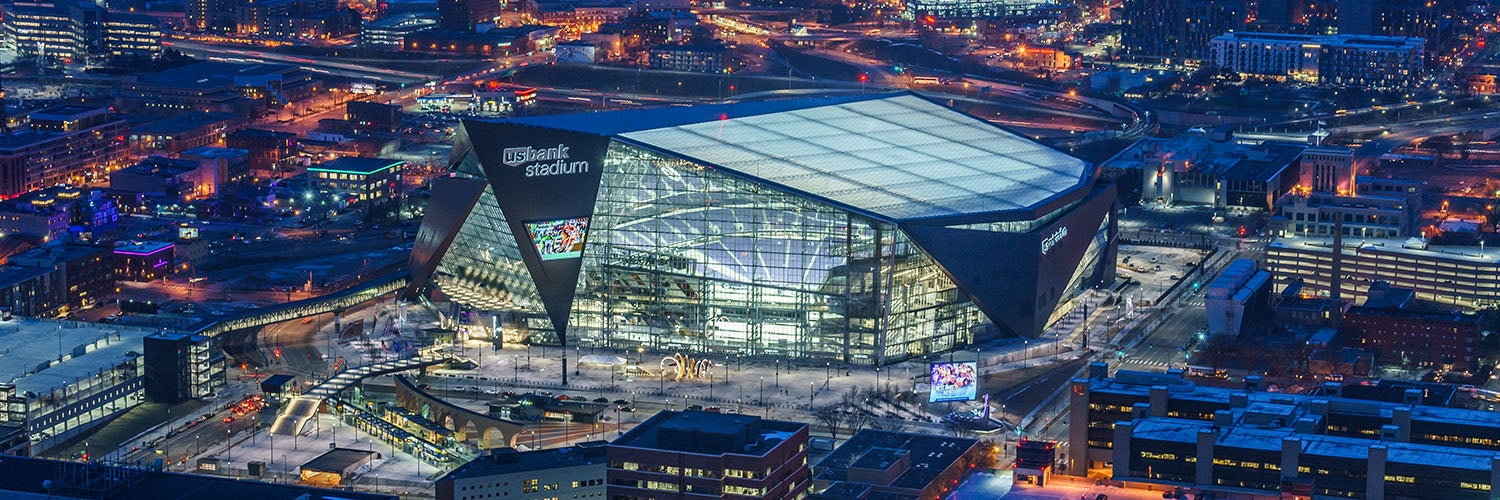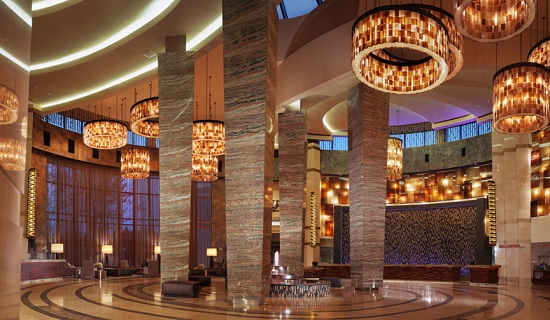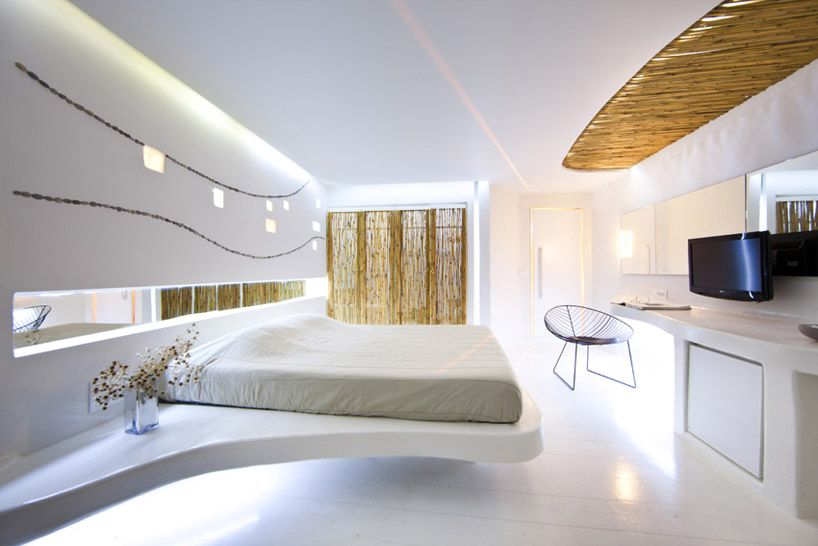LED Upgrade Spotlight: Hotels and the Benefits of LEDs
Hotels are often on the forefront of many trends. Even “classic” or traditional hotels incorporate elements of modern design and lighting technology to call attention to specific aspects of their architecture or simply to save money over using traditional incandescent or fluorescent fixtures. Other, modern hotels can sometimes drive trends in lighting and interior design. All while using LEDs that ultimately save thousands in overhead costs compared to their traditional counterparts. There are many ways to improve your hotel’s lighting. In this article we’ll cover just a few of them.
Exterior lighting
As you can imagine exterior lighting is crucial to a hotel’s perception. A bright, well-lit building will attract many more visitors than a dingy, poorly lit one will. If guests don’t feel comfortable parking, walking to the front door, and checking in, they will likely not get as far as their room before finding somewhere else to stay. There are many options for exterior lights and all depend upon your space and what you’re hoping to accomplish.
PAR bulbs are great spotlights for uplighting a facade or calling attention to a particular object or architectural detail.
Vintage style Edison filament bulbs are excellent indoor/outdoor bulbs and can be used for string lights, or in any exterior fixture where the bulb is prominently featured. Some of the most popular options include A19, ST19, and B11 filament-style bulbs.
When updating your exterior lighting, don’t neglect employee and delivery entrances. These areas are just as important as the beautifully, elegantly lit facade and guest entrances. Dark, foreboding employee and delivery doors can lead to injuries and other undesirable outcomes.
Lobby lighting
After the exterior, the lobby sets the scene for your hotel. It tells your guests what they can expect and it’s crucial that every bulb work and everything look as crisp and clean as possible. Lobbies are where your hotel can really shine. Hotel lobbies benefit from a wide range of lighting options. With the advent of LEDs, even more elegant, modern, and interesting shapes became available. Fixtures that could only have been dreamt of before could come into being.
Hotel lobbies often have a mixture of cove lighting, pendants, chandeliers, floor and table lamps, and recessed cans. As we’ve discussed in other articles, like this one on what areas of your building to retrofit first, LEDs have many benefits, not the least of which is that they have much longer expected lifespans and require less maintenance than traditional bulbs. This is important especially since many lobbies have exceptionally high ceilings and fixing a burnt-out bulb can be a costly ordeal.
BR series bulbs are perfect for recessed cans. With an E26 base and available in various sizes and color temperatures, you can retrofit all your cans to LED by simply switching out a lightbulb.
There is also a variety of recessed can retrofit options including plug and play retrofits for 4” and 5 or 6” cans. These integrated lights are exceptionally easy to install, look great, and consume much less energy than their halogen counterparts.
Cove lighting often uses T8 bulbs nestled into the space between the moulding and the wall.
There are many options for pendant lighting. Just a few options are globe lights, filament bulbs (also called vintage or Edison bulbs), and standard A-series bulbs which come in various intensities.
Chandeliers are almost synonymous with hotel lobbies. Typically they are focal points of the space. While some modern chandelier fixtures accept bulbs with a medium-sized base, most require bulbs with a smaller E12 or “candelabra” base. For fixtures where the bulbs are visible, we recommend using vintage-style B11 filament bulbs, which add a touch of charm to your fixtures. For chandeliers where the individual bulbs aren’t visible, regular B11 LEDs will work just fine. Both have the benefit of very long life expectancies, so you’ll be changing out those hard-to-reach chandelier bulbs much less frequently.
While PAR bulbs are typically used as outdoor spotlights, they are also very effective as accent lights and can be trained on artwork or any other feature or fixture you want to highlight. An added bonus of LED lighting is that it emits no UV rays so you can use these spotlights to illuminate your artwork without worrying about fading or light damage caused by the bulbs.
Room lighting
Lighting in guests’ rooms can be as simple or intricate as you want to make it. The only thing it can’t be is inadequate. Dim, dingy, failing lighting will leave a sour taste in your guests’ mouths. Some common types of room lighting include recessed cans, cove lighting, floor and table lamps, vanities, bath and shower lights, and sconces. Whether you’re going for a traditional look or a more modern one, HardWire’s LED retrofits will provide the lighting solutions you need.
Cove lighting often uses T8 bulbs nestled into the space between the moulding and the wall. In the case of the photo below, it can also be used to illuminate spaces you wouldn’t expect and give the room a hyper-futuristic look.
Restaurants, bars, and lounges
Most of the waking time guests spend in your hotel will be in the bars, restaurants, and lounges. Of course decor and furniture have a lot to do with how comfortable people feel in your common spaces. But the importance of lighting cannot be overstated. Lobbies can wow guests with their scale and fixtures, but bars and restaurants are where people can appreciate the finer details of their surroundings. Make sure they notice them and make them stand out.
A few of the things that the places pictured in this section have in common are cove and under-bar lighting, backbar lighting, pendants, and recessed fixtures. Pendants and recessed lighting we’ve discussed of course.
Similar to cove lighting, under-bar and backbar lighting can easily be achieved with T8s.Pendants and other fixtures with exposed bulbs benefit most from vintage-style LED filament bulbs.
There are so many ways to make your space stand out. Assuming you haven’t upgraded your fixtures to LED yet, it may be hard to know where to focus your efforts first. You can refer to these articles about why you should upgrade your T8s rather than use your existing stock of old tubes, or this one about moving away from HID in favor of LED. There’s also this article about what areas you should focus on first when looking to upgrade your lighting.
If you’re even considering an LED retrofit,
contact us today for a free consultation. Upgrading to LED will save money on electricity, maintenance, and overall energy consumption, all while sacrificing nothing in terms of lighting brightness or quality.
